JTF (just the facts): A total of 32 black and white photographs (30 single images and 1 diptych), framed in black, and hung against white walls in the large single room gallery space. All of the works are archival pigment prints, made between 2002 and 2013. Physical sizes are either 13×19 (in editions of 20) or 50×60 (in editions of 3); there are 12 single prints and 1 diptych in the smaller size and 18 single prints in the larger size. A monograph of this body of work was published in 2013 by Aperture (here). (Installation shots below.)
Comments/Context: After looking more closely at the photography of Matthew Pillsbury, I’ve come to the somewhat embarrassing conclusion that I have, in the past, fundamentally misjudged his art. Look back at my review of his last gallery show (here), and it won’t take long to detect the air of frustrated flippancy that pervaded my comments. This attitude came as a direct result of my thinking that Pillsbury was making easily consumable pictures of New York landmarks, perfectly tuned for collectors who wanted a pretty city picture for their walls, an approach which I didn’t find particularly interesting. But I’ve now come to think that Pillsbury has more likely just been mispositioned, in that we have been led to focus on our favorite recognizable places rather than what he was actually doing as a photographer.
This exhibit, and the accompanying retrospective book, don’t actually fix this problem entirely, although the raw material for a solution is there; that would have taken a more strict and rigorous chronological organization of Pillsbury’s various projects and an analysis of how his artistic approach has evolved through those series. Instead, our eyes are generally directed back at big prints of museums, parades, and famous locales, with a more cursory glance at the other work, without a distinct effort to push on the underlying ideas embedded in his art. Simply put, I think what’s important about Pillsbury’s work is not the glittery landmarks, but his nuanced investigation of the long exposure.
Back in the 19th century, fundamental technical limitations meant that nearly all photography was hemmed in by long exposures. Landscapes had characteristic washed out skies, glass still waterways, and ghostly auras of carts, trains, and figures moving through the frame, all a result of the shutter being open so long; any movement at all became an unintentional ephemeral blur. But in recent times (after film became much faster), the effects of the long exposure have been explored in entirely different conceptual modes. Hiroshi Sugimoto’s theater series, with the screens turned blasting white from movie length exposures, is one of the most notable examples of this reconsideration – here we see an artist exploiting the long exposure as an intentional effect. In many ways, Matthew Pillsbury picks up where Sugimoto left off, and has run with the idea ever since.
Pillsbury’s early works find him exploring the language of the long exposure in the context of television screens, his exposures matched to the length of the program being watched. In his hands, TV screens become undifferentiated beacons of light, shouting their messages into otherwise darkened rooms while watchers fade into impermanent wispy shadows. These are intimate, private, closed in pictures, interrupted by startling beams of entertainment. Pillsbury also extended this idea, investigating how long exposures of laptop screens, smartphones, and hand held game machines could be used in similar ways. These photographs (some of which are self portraits) feel even more isolated and melancholy, as lone figures toil away in the darkness of their solitary apartments or check their messages on vast hilltops or lonely bridges. These images are smart and subtle, tugging at the edges of our modern existence and considering how being connected has transformed our interactions with the physical space around us.
The artist’s more recent and more recognizable works generally leave behind the motif of the screen and apply the long exposure technique to well known places in New York and around the globe. What I’ve come to see more clearly after some sustained looking is that these works are not so much about the landmarks themselves (most of which are instantly recognizable), but more about the fleeting groups of people that variously inhabit them; it’s the people, not the places, that actually matter. The best of these photographs are indeed stages (as the show/book title would imply), with the elapsed-time actions and interactions of the visitors the real subject. Dense crowds in front of the Mona Lisa, at the Chinese New Year parade, or in the shopping scrum of the Times Square Toys-R-Us (under the mechanical dinosaur) capture the ebb and flow of thickly layered movement, where visitors and pedestrians inhabit a place and then quickly disappear. Quieter moments (resting on the High Line stairs or looking at the dioramas at the shadowy American Museum of Natural History) bring out more elements of loneliness and isolation, where individuals separate from the masses and recede into themselves.
While Pillsbury’s recent work has been increasingly dominated by views of memorably grand urban spaces, I hope that they don’t ultimately distract from a broader and more nuanced consideration of his work. In his hands, the long exposure has become a powerful tool for examining both the intimacy of our lives and the expansive anonymity of our public spaces, the inadvertent blurs of the past turned into a visual metaphor for the complex ephemerality of the present.
Collector’s POV: The works in this show are available directly from Matthew Pillsbury’s primary representative in New York, Bonni Benrubi Gallery (here). Prices for the smaller (13×19) prints range from $2800 to $4000 (we can assume based on the place in the edition), while prices for the larger (50×60) prints range from $12000 to $15000. Pillsbury’s work has started to become more available at auction in recent years, with prices ranging from roughly $2000 to $14000.
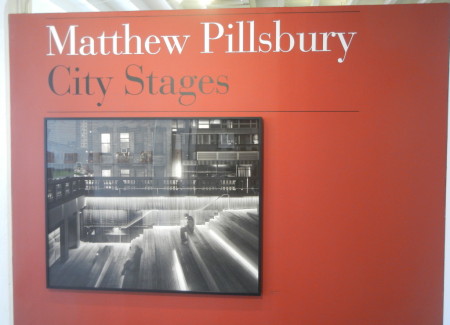
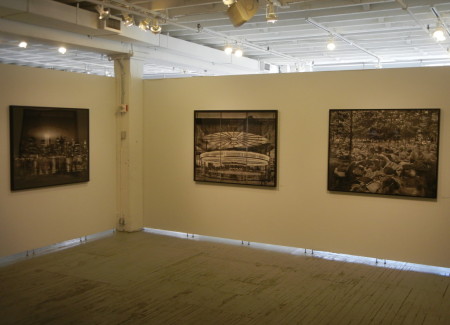
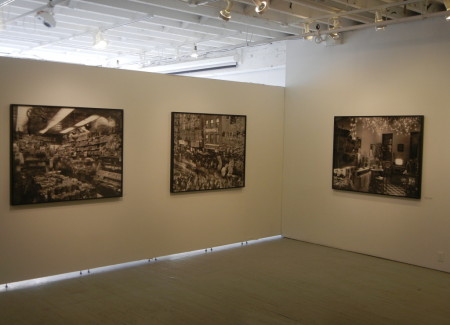
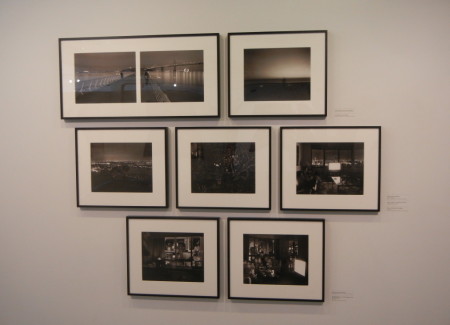

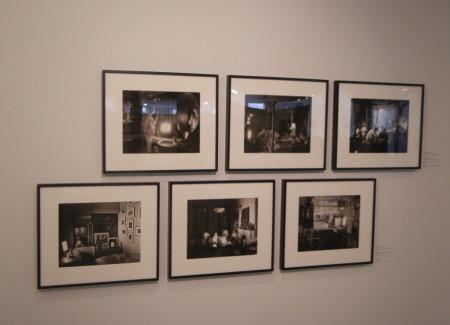
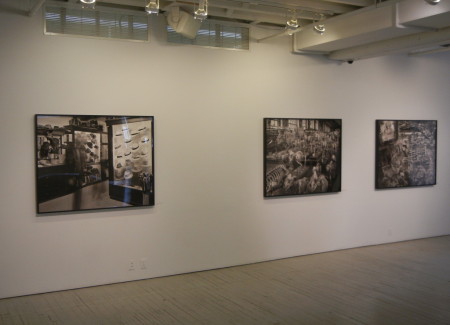
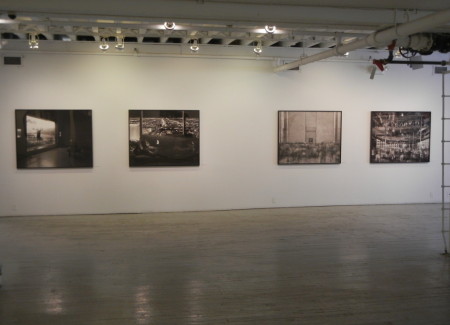





A few years ago, our Boston MFA group visited with Pillsbury in his mother’s Paris apartment, where he grew up surrounded by her print collection that focused on portraiture but included a few choice photographs (she is a highly respected print dealer). He discussed the evolution of his work and showed us the Sugimoto movie theater that inspired his now-well-known graduate school thesis: images of his friends in their apartments, illuminated by the light from their TVs. He pointed out that the first even had the white screen centered in the frame, just as Sugimoto had done. So, you are exactly right when you say, “Pillsbury picks up where Sugimoto left off.”
It might be worth mentioning that Pillsbury does his own printing, with, I think, lusciously beautiful results.